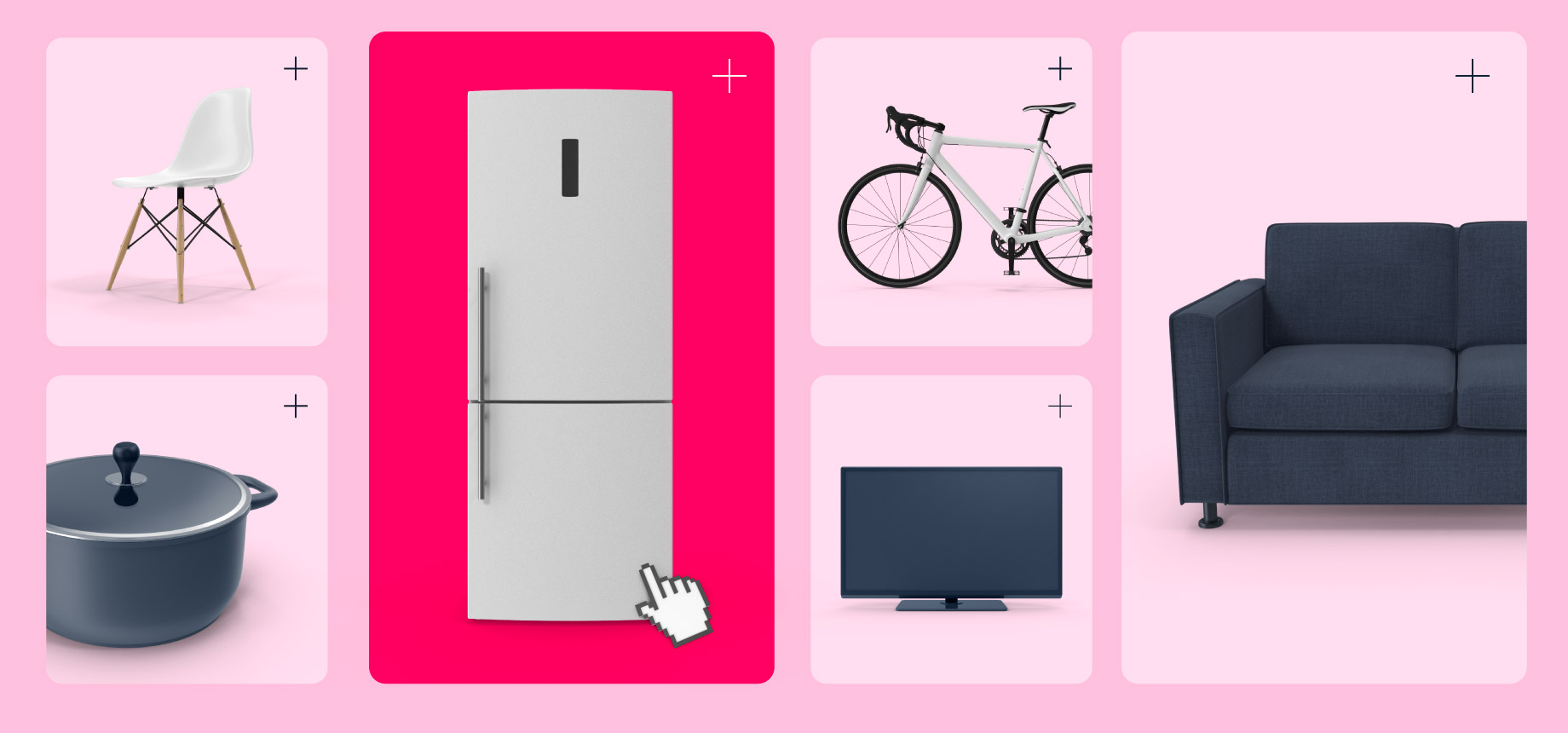
Everyone in Argentina knows Frávega and, with a history of more than 110 years, it’s not hard to see why. The company has gradually staked its claim in the home appliances sector, operating over 100 physical branches across the country and going so far as to even dabble in manufacturing. But despite its long-established roots, Frávega is a far cry from an obsolete company, mainly due to a highly effective anti-aging serum – sustainable technology development through headless.
A few years ago, Frávega anticipated that merely having an ecommerce operation would soon be insufficient in an increasingly competitive playing field. Instead, Frávega believed a robust omnichannel strategy would dictate the rules of the game through the marriage of online and offline operations and IT and business considerations, all to the benefit of the customer.
“Omnichannel is the main driver of the union between the online and offline operations, and it always considers our customer as the main stakeholder. We know that by having omnichannel present in each area of our operations, we will be able to provide a better experience to the customer.”
Juan Pablo Hernandez, Ecommerce Product Development Manager at Frávega
But for Frávega to be at the forefront of that trend, it needed to significantly step up its digital transformation, starting from its internal mindset and structure. For instance, the IT team, which primarily supported the branches’ operations, had to be brought closer to ecommerce. Similarly, the product development team, initially focused on supporting ecommerce, had to be significantly expanded beyond its two designers and brought closer to physical retail to provide technological solutions serving both channels. Lastly, to ensure both teams are aligned on the omnichannel agenda, a unified management structure was set in place.
“Before, IT was considered a necessary evil. Today, if you do not build systems that are also versatile, allowing you to support the entire strategy, you will be far behind your competition.”
Juan Pablo Hernandez, Ecommerce Product Development Manager at Frávega
And so, with a clear vision and a capable team, Frávega started developing, becoming a technology-driven retail company.
Building all solutions internally is easier said than done, however. In fact, Frávega (together with plenty of other big retail companies embracing technology like Grupo Soma and Cobasi) maintains it should not even be attempted, because any internal development comes with the responsibility of maintenance, evolution and constant quality checks. If you add too much to your plate, your team and financial stability will be left in shambles from one point onwards, a concept formally known as diminishing returns.
“We decided to take control of the applications we believe to be at the core of our business. We are choosing our battles according to what happens on the market and whether it is important for Frávega to have a custom solution that impacts the end customer.”
Juan Pablo Hernandez, Ecommerce Product Development Manager at Frávega
Indeed, there’s a fine line between constructive and destructive product development, which requires careful selection and prioritization of projects according to thorough criteria. For Frávega, the criteria include time-to-market, difficulty of implementation and impact on the Frávega ecosystem. Bottom line, however, all new product additions should somehow bridge the gap between the physical and online worlds.
“When assessing whether to build a solution, time-to-market is one of our main considerations – how long would it take to have this implemented and for users to leverage? On the other hand, we have the matter of complexity. It is not merely plug-and-play. You have to plug it into the Frávega world, so we need to analyze the impact it has on the current operation and the omnichannel strategy.”
Juan Pablo Hernandez, Ecommerce Product Development Manager at Frávega

One element that was deemed worthy of internal development was the content management system (CMS). Frávega had been using the VTEX Commerce Platform since 2014 but wanted to change and enhance bits and pieces of the system according to what suited its customers better; plus, it wanted more speed, flexibility, and ownership governance.
Consequently, Frávega took over the upper funnel of the user experience and started developing a new home page, product pages and landing pages using React, in addition to numerous other features (e.g., geolocation of the user, customer messaging), which were gradually deployed whilst still using the cart and the checkout VTEX offers. The two systems, Frávega’s proprietary CMS and VTEX’s ecommerce platform, are connected through a process widely referred to as headless commerce, which, in a nutshell, decouples the front-end customer experience from the back-end commerce functions, allowing them to evolve independently of one another. To guarantee the information is consistent throughout the shopper’s buying journey, no matter which system is in charge, a middleware checks content consistency. That way, Frávega can customize its front-end while benefiting from unique elements like VTEX’s PCI Compliance and SmartCheckout.
This headless technology approach is possible mainly because VTEX’s architecture, at its core, enables it. VTEX is built as a multi-tenant SaaS and has an API-first microservices-based cloud infrastructure, meaning that any retailer is free to choose whether it wants to keep the platform in its entirety or call parts of it through APIs. That flexibility, coupled with the wisdom of acknowledging internal limits, is what makes headless technology so great – and what allows Frávega to protect and build upon its legacy.
“VTEX always supported us, always gave us a hand. Until today, we continue using its APIs in this headless model.”
Juan Pablo Hernandez, Ecommerce Product Development Manager at Frávega

